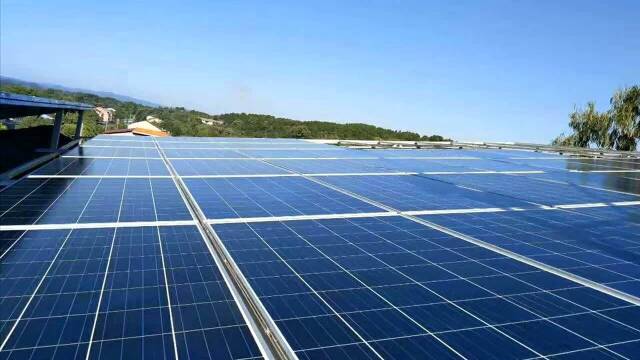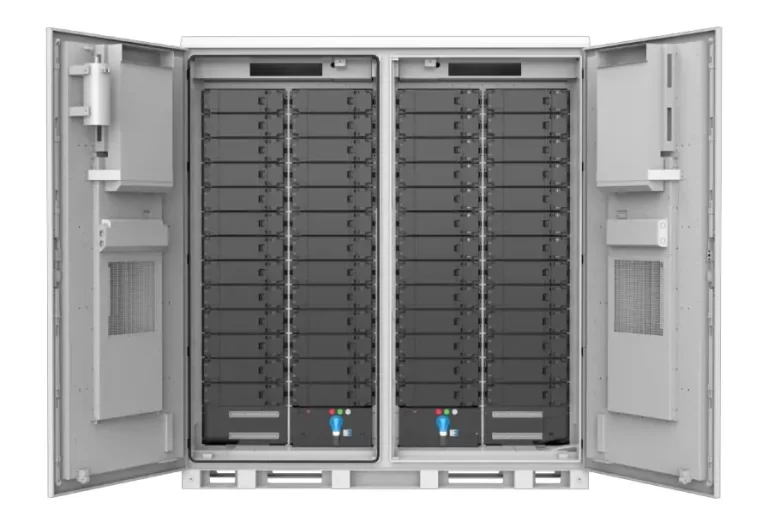CPS Inverters, despite not ranking in the global top 10 for shipments, have consistently led the U.S. commercial and industrial inverter market for nine consecutive years. This success is a testament to their effective differentiation strategy.
The U.S. inverter market is vast, with significant opportunities in the commercial and industrial sectors. Remarkably, the U.S. market contributes 50% of CPS Inverters’ revenue and most of its profits.
As the photovoltaic industry becomes more competitive and globalization more challenging, CPS Inverters are eyeing even larger markets. What strategies have they employed, and what can the industry learn from their approach?
Background of CPS Inverters
Founded in Shanghai in 2009, CPS Inverters provides comprehensive photovoltaic inverters and energy storage systems. Leveraging Shanghai’s robust industrial base, they have continuously innovated to secure certifications from developed countries, including UL, CSA, and ETL. Their products are now sold in 30 countries, including the U.S., Japan, Germany, South Korea, and Brazil. Key clients include Hyundai, State Power Investment Corporation, China Three Gorges Corporation, and Shanghai Electric. Notably, CPS Inverters ranked first globally in Bloomberg’s 2023 inverter financing value report. Their three-phase string photovoltaic inverters have led the North American market since 2015 and the South Korean market since 2020.
The Leader in U.S. Commercial and Industrial PV Inverters
In May 2023, Tongrun Equipment acquired and integrated CPS Inverters’ photovoltaic and energy storage business. This included divesting their original power distribution and control equipment assets and transferring control to Chint Electric. Tongrun’s business now spans photovoltaic inverters, energy storage systems, toolboxes, and electromechanical sheet metal products.
Investors can study Tongrun Equipment’s public disclosures to understand CPS Inverters’ business and U.S. presence. Public records show that CPS Inverters established a U.S. subsidiary in 2010, with North American products debuting in 2014. By 2015, their three-phase string inverters led the U.S. market, maintaining this position to the present day.
From 2020 to 2022, the U.S. market accounted for over 50% of CPS Inverters’ sales. Currently, they have around 200-300 U.S. commercial and industrial customers, primarily through direct sales under their own brand.
Challenges of the U.S. Market
The inverter industry is now dominated by Chinese companies, especially in Europe. However, the U.S. market remains significant and challenging, with high demands for product reliability, financing, after-sales service, and brand reputation. Unlike Europe, the U.S. market requires local product adaptation.
CPS Inverters adopted a localization strategy from the start, tailoring product design and development to the U.S. market. Unlike China and Europe, which share a product platform, the U.S. and Japanese markets necessitate unique platforms, posing a challenge even for large companies.
Business expansion in the U.S. also requires thorough localization in operations. U.S. grid standards are complex, with each state having its own regulations, demanding extensive local expertise. CPS Inverters’ U.S. team, CPS America, employs over 100 people, mostly local hires, ensuring deep understanding of regional laws and practices.
Their “localization adaptation” principle extends beyond hiring local staff. It involves designing products suited to local installation, use, and maintenance habits, reducing overseas market installation and maintenance costs.
Product Differentiation and Competitive Advantage
CPS Inverters’ sustained leadership in the U.S. commercial and industrial inverter market is due to their original, patent-protected product designs. One key innovation is the split design of the inverter and junction box, tailored to the U.S. market. This makes installation easier, reducing product weight so that 1-2 people can handle it, saving labor and equipment costs in a market with strict installation regulations.
This split design also simplifies maintenance, as only the main unit needs replacing in case of failure, without rewiring. Removing a junction box takes just 20 minutes, lowering subsequent maintenance costs.
This design, though seemingly simple, involves significant technical challenges, making it difficult to imitate. It ensures reliable operation and prevents issues like overheating or fire due to poor contact.
The split design’s practicality in North American projects has become a unique competitive advantage. Tongrun Equipment’s 2023 annual report highlighted the launch of the POWER LEAF residential energy storage system in North America, which continues this split design, allowing easy replacement of the main unit without removing the junction box.
China solar inverter forecast
CPS Inverters’ success in the U.S. market showcases the importance of localization, innovative design, and understanding regional market demands. Their strategies offer valuable insights for the industry, emphasizing the need for tailored solutions and deep market understanding to achieve global success.



